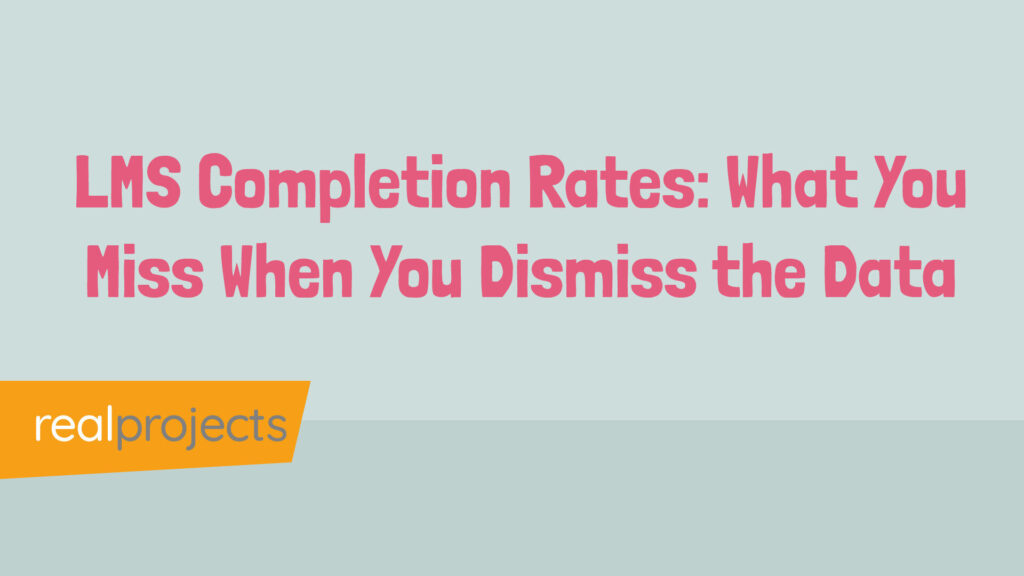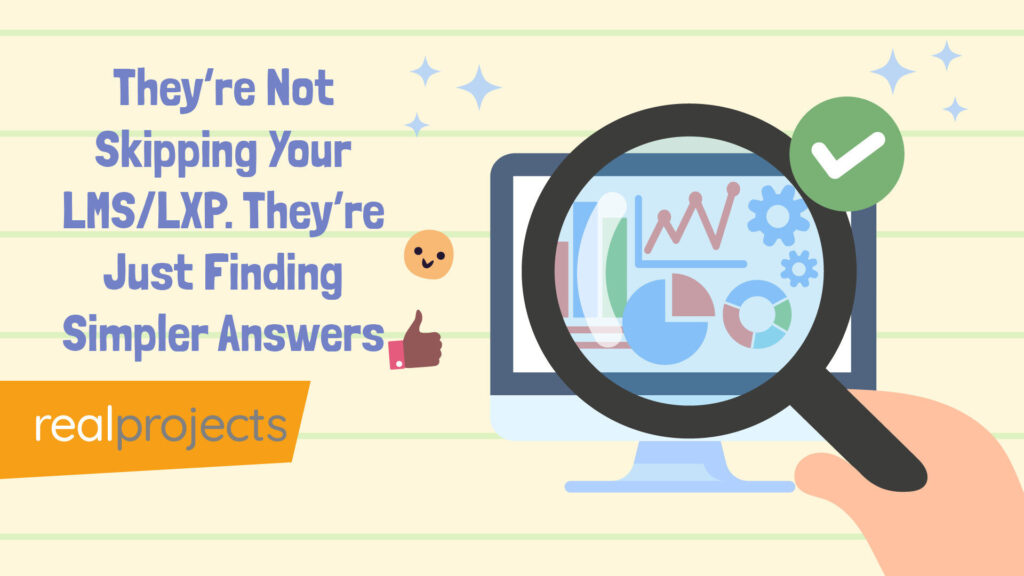LMS pricing can be difficult to understand.
Some systems look cheap at first but become costly later.
Others have hidden fees that make budgeting tough. If you’re in L&D, knowing how LMS pricing works will help you avoid expensive mistakes and find the best solution for your organisation.
The Basics
LMS costs depend on the pricing model.
Some charge per user, while others use a flat rate.
Enterprise options can be expensive, especially with custom features. Subscription models usually range from $4–$15 per user/month, while one-time licenses can exceed $100,000.
The LMS market is growing fast, so understanding costs now will save you money later.
What is LMS Pricing? What Every L&D Leader Ought to Know
Why LMS Pricing is Confusing
Selecting an LMS (Learning Management System) can be a challenge, not just because of features but because of complex and inconsistent pricing models.
The different price models, modes and functionality makes it difficult for you to compare and contrast LMS platforms.
Pricing varies widely. Lots of LMS providers don’t provide clear pricing and significant discounts are available, making it difficult for L&D leaders to compare costs and evaluate long-term affordability.
Some models appear affordable initially but increase or decrease sharply in the second year, while others include hidden fees that aren’t immediately obvious.
It’s a question every L&D leader should consider carefully, as understanding pricing structures is essential to making an informed decision that aligns with your organisation’s learning needs. If you have a budget you’ll need to understand what you are going to get for your budget.
Understanding LMS pricing is essential for L&D leaders aiming to optimise their training investments.
LMS solutions generally come in two pricing models: subscription-based and one-time licensing.
Subscription models, favored for their flexibility and lower upfront costs, typically range between $4 to $15 per user per month.
For enterprises needing extensive customization and advanced features, one-time licensing fees can easily exceed $100,000.
With the global LMS market projected to grow at nearly 20% CAGR, potentially reaching over $2.5 billion by 2026, careful budgeting and evaluation of features versus costs are crucial for maximizing ROI.
LMS costs can range significantly depending on the pricing model and organisation size:
- Subscription Cost Range: $4–$15 per user/month (Source: eLearning Industry, 2023)
- Enterprise Licensing Fees: Can exceed $100,000 for customised, large-scale solutions (Source: Training Industry, 2023)
- Global Market Growth: LMS market growing at nearly 20% CAGR and estimated to hit $2.5+ billion by 2026 (Source: Global Market Insights, 2023)
- Adoption Preference: Approximately 70–75% of organisations opt for cloud-based LMS for scalability and cost-effectiveness (Source: Statista, 2023)
Common LMS Pricing Models
LMS providers structure their pricing in different ways, and each model has its own benefits and challenges:
- Pay Per User – A fixed fee per registered or active user, often charged monthly or annually.
- Tiered Pricing – Costs increase as user numbers grow, with price bands that determine per-user rates.
- Pay-As-You-Go – Pricing is based on usage, such as the number of courses accessed or specific features used.
- Flat Rate / Subscription – A single, predictable fee for unlimited users, typically including additional features like a course library.
- Freemium & Open-Source Models – Basic features are available for free, but advanced tools, additional users, or premium support require payment.
Each model has different implications for budgeting, flexibility, and scalability. What is the model that you want to use?
When looking for an LMS/LXP there might be the opportunity for negotiation on pricing based on your requirements. Consider this when you are looking for your LMS, especially if you are looking to transfer LMS.
If you are transferring LMS, then the new provider may do the transfer for free. Ensure that you’ve considered the transfer cost and time in your LMS Pricing.
Factors That Affect LMS Pricing
Beyond the pricing model, several factors influence the total cost:
- Features & Functionality – Advanced features like integrations, analytics, and gamification often come at a premium. AI is now being bundled with many LMS platforms.
- Customisation & Branding – Tailoring the LMS to match company branding and workflows can increase costs.
- Support & Maintenance – The level of customer support and technical assistance affects pricing.
- Compliance & Security – Meeting industry regulations and data security standards can add expenses. Where is the LMS hosted? Does it meet your requirements?
- Multi-Language & Localisation – Supporting multiple languages often requires additional investment. Does it support multiple languages?
- Content Library – You might want to include a content library with your LMS. Some providers will include a content library or you can include this for an additional cost.
It’s important to assess which of these factors align with your organisation’s requirements to avoid paying for unnecessary extras.
Hidden Costs to Watch Out For
Many organisations underestimate the hidden costs associated with LMS pricing.
Key areas to consider include:
- Implementation & Setup Fees – Some LMS providers charge for installation, customisation, and initial setup.
- Training & Onboarding – Ensuring administrators and users are properly trained can require additional spending. Budget for internal training.
- Content Licensing & Third-Party Integrations – If you need external content, ensure licensing fees are clear upfront.
- Data Storage & Bandwidth Usage – Costs can increase if your organisation stores large amounts of content or has high traffic. What’s included?
- Future Scalability & Upgrade Costs – Pricing may change dramatically when you expand usage or add new features.
A pricing model that seems affordable at first can become costly when these hidden expenses emerge.
How to Choose the Right LMS Pricing Model
To ensure your LMS pricing model aligns with your organisation’s learning strategy, there are a few things that you should consider:
- Align Costs with Learning Goals – Ensure that the platform supports the organisation’s training needs. Does the LMS pricing structure support them?
- Ask the Right Questions – Clarify pricing details, renewal rates, and any limitations on usage. Check the contract before signing.
- Calculate the Total Cost of Ownership (TCO) – Factor in not only the initial price but also long-term costs, including licensing, support, and scalability.
Check all of your costs, not just the starting costs. Some LMS providers may offer low introductory rates but increase costs significantly upon renewal.
Conclusion & Next Steps
LMS pricing is often more complex than it needs to be. Transparency and predictability are key when evaluating costs, so avoid models that make it difficult to assess long-term affordability. By understanding different pricing structures, hidden costs, and factors affecting total cost, L&D leaders can make more informed decisions.
What next: If you are evaluating LMS platforms then go through a procurement process. It makes sense to set up a review process. Take time to review pricing models and have a set of questions to ask vendors about the platform.
Ensure that you know the total cost of ownership. The functionality that the LMS offers should fit with your Learning and Development and IT strategy.
Q&A: LMS Pricing Explained
What are LMS charges?
LMS charges refer to the costs associated with using a Learning Management System. These may include licensing fees, per-user costs, setup fees, content access charges, support fees, and additional costs for integrations, storage, or advanced features. Providers will use different pricing models.
What does LMS stand for?
LMS stands for Learning Management System. It is a software platform used to create, manage, and deliver online learning content. Organisations use LMS platforms for employee training, compliance courses, onboarding, and professional development. LXP is also a popular platform similar to an LMS.
What is the LMS fee?
LMS fees depend on the pricing model. Some charge per user, while others have a flat subscription fee. Additional fees may include setup, training, storage, or premium support. Costs can range from a few pounds per user per month to thousands per year for enterprise solutions.
How much does an LMS cost in the UK?
LMS costs in the UK vary widely. A small business might pay £5-£15 per user per month, while enterprise solutions can cost £10,000-£100,000+ annually. Pricing depends on factors like the number of users, features, integrations, and support levels.There are LMS providers for small businesses and enterprise users.



